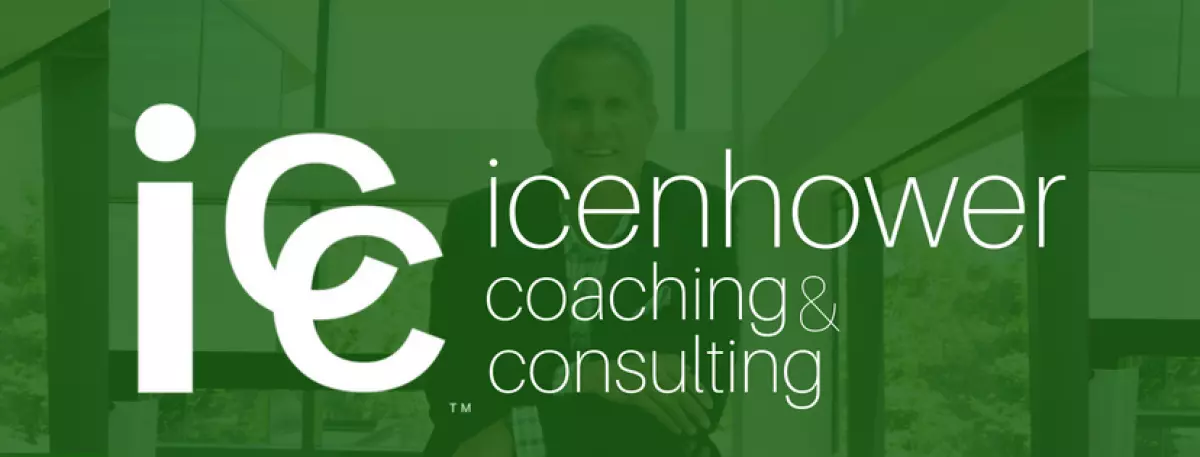Imagine being part of a successful real estate team, selling hundreds of homes every year and earning a substantial income. It's possible! Understanding how commission splits work on real estate teams is the key. In this article, we will explore the commission structures for listing specialists and buyer's agents, giving you valuable insights into this lucrative industry.
Commission Splits for Listing Specialists
Listing specialists play a vital role in real estate teams. They are responsible for converting appointments into listing contracts and securing offers for their listings. The commission splits for listing specialists can vary depending on whether the team employs an inside sales agent (ISA) to help them generate leads.
When ISAs set appointments for listing specialists, the commission splits typically range from 25% to 35% of the listing side commission. On the other hand, if listing specialists generate appointments independently, their commission splits usually fall between 35% and 45%. The administrative listing coordinators handle the customer service and marketing tasks, enabling the listing specialists to focus on generating more income.
Commission Splits for Buyer's Agents
Buyer's agents on real estate teams typically receive a 50/50% commission split. Similar to listing specialists, commissions for buyer's agents may be adjusted when leads are generated by inside sales agents (ISAs). In such cases, the commission split can be reduced by 10% to 20% to compensate the ISA. This split can also differ between team-generated leads and leads procured by the buyer's agent themselves.
For example, a buyer's agent might receive a 40% commission split for team-generated leads and 60% for clients they interact with through their own network or prospecting activities. Additionally, commission splits can be increased as agents achieve specific goals, creating a win-win scenario for both the agent and the team.
Ensuring Accountability and Success
To maintain balance and accountability within the team, it is crucial to differentiate between leads generated by the team and leads generated by the buyer's agent. This can be achieved by setting expectations and implementing standards for the amount of business agents procure compared to the leads provided by the team. Most real estate teams require agents to generate an equal amount of business from their own resources, such as their centers of influence (COI) or prospecting activities.
By keeping scoreboards and regularly assessing the performance of buyer's agents, the team can ensure that agents are proactively engaging in lead generation activities. This prevents agents from becoming overly reliant on team-provided leads and demanding higher commission splits without putting in the necessary effort to generate their own business.
 Image: A real estate team working together to achieve success.
Image: A real estate team working together to achieve success.
Conclusion
Understanding the commission splits on real estate teams is essential for agents looking to join or start their own team. While the commission percentages may be lower compared to solo agents, the benefits of administrative support and team-generated leads often result in higher sales volumes and income. By embracing this structure and focusing on lead generation, agents can thrive in the competitive world of real estate. So, consider teaming up and taking your real estate career to new heights!











